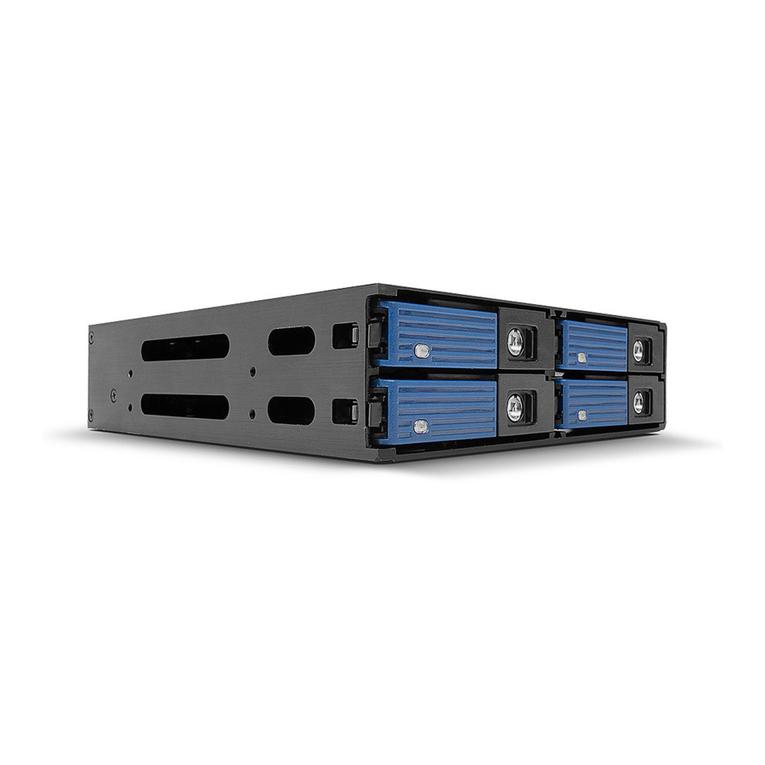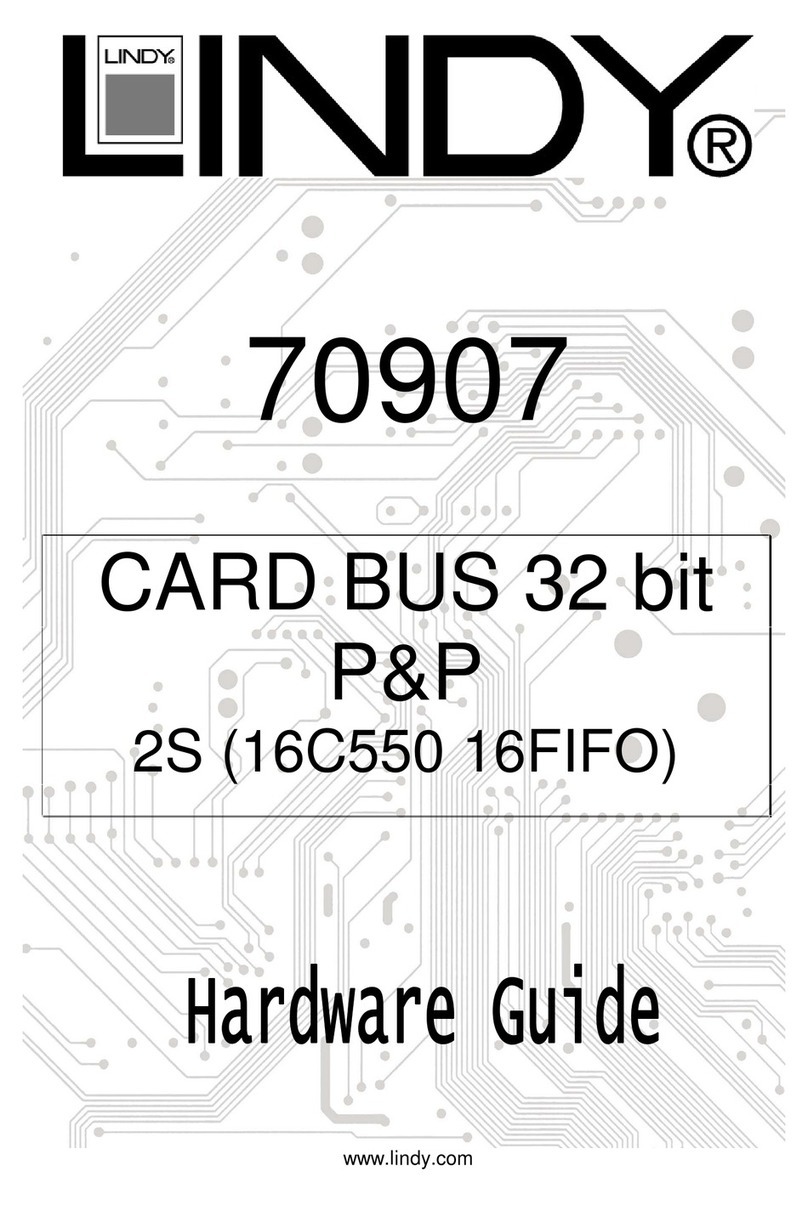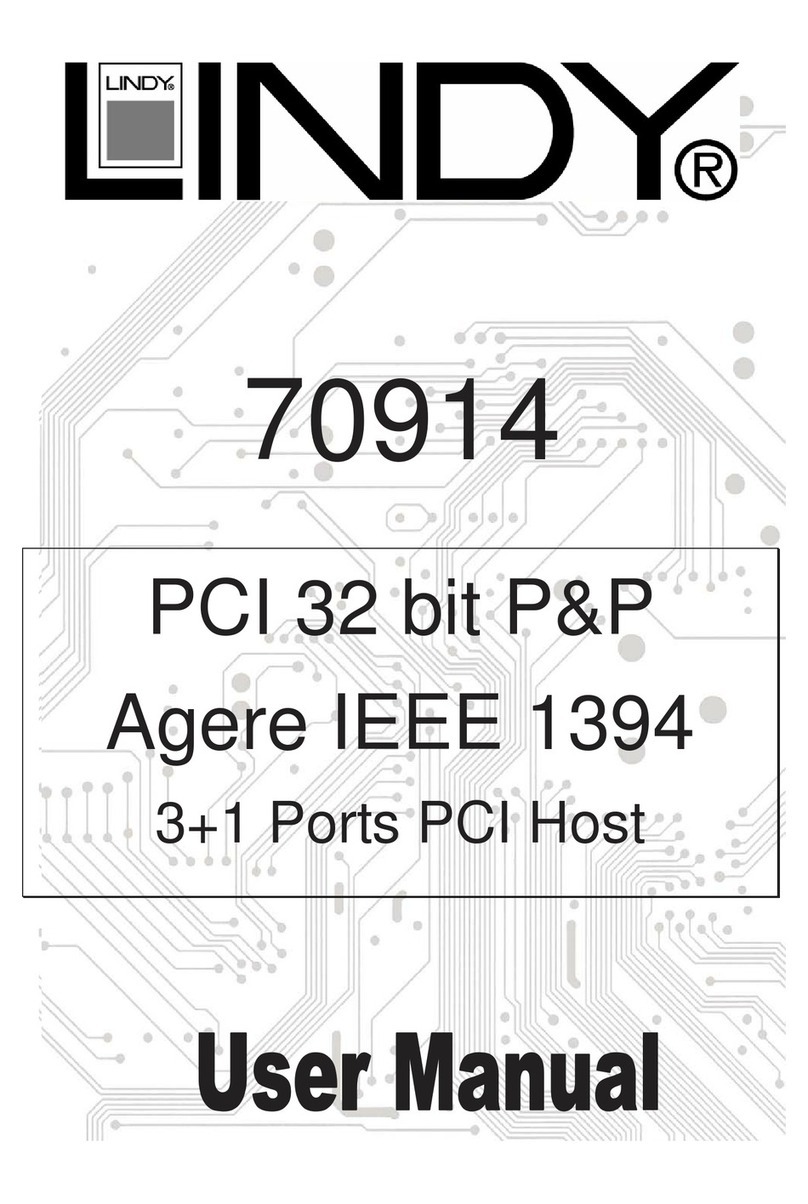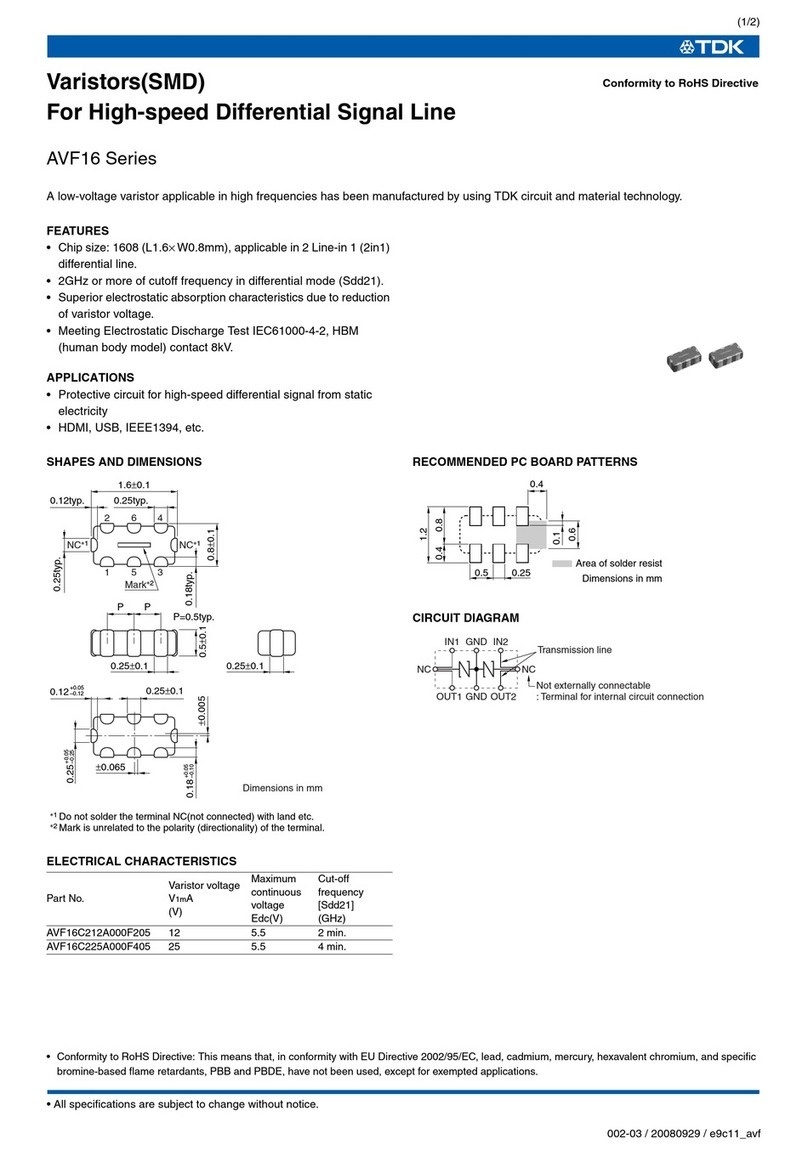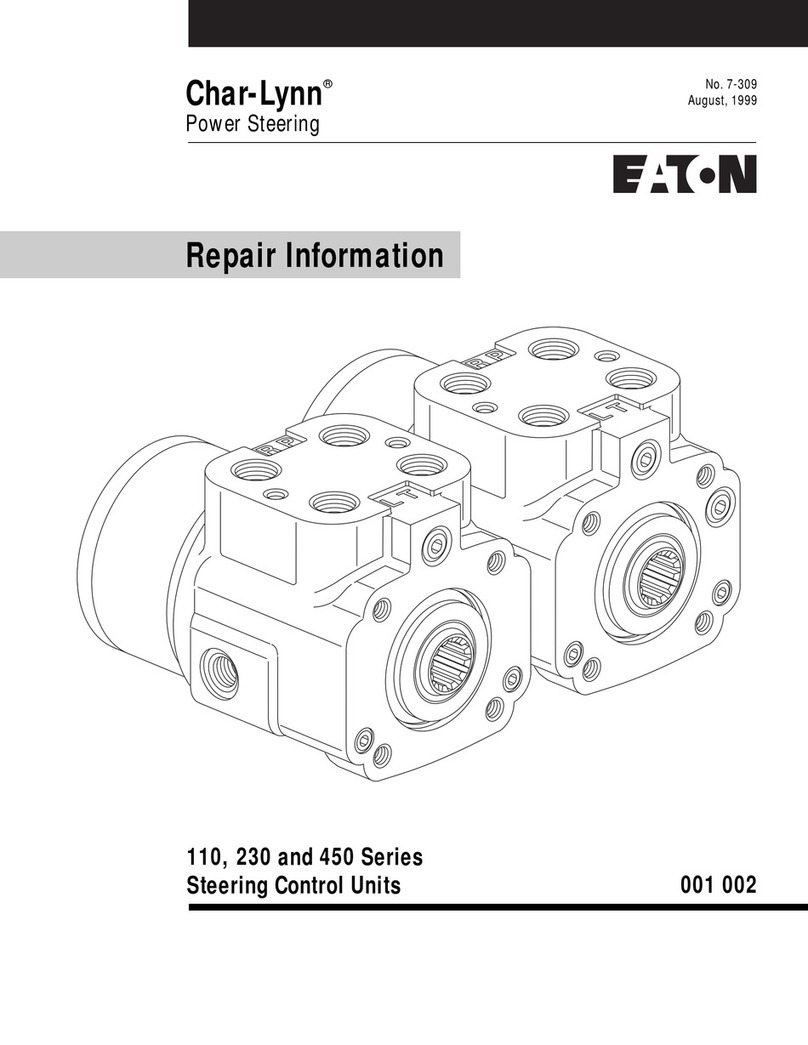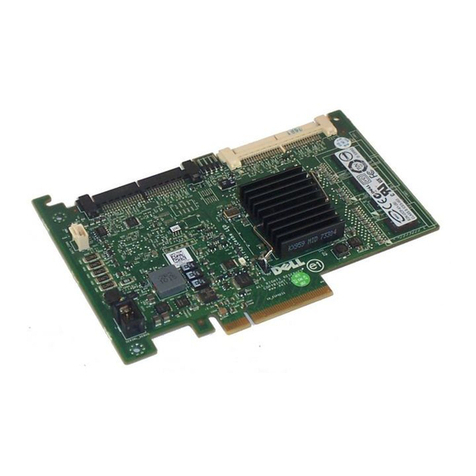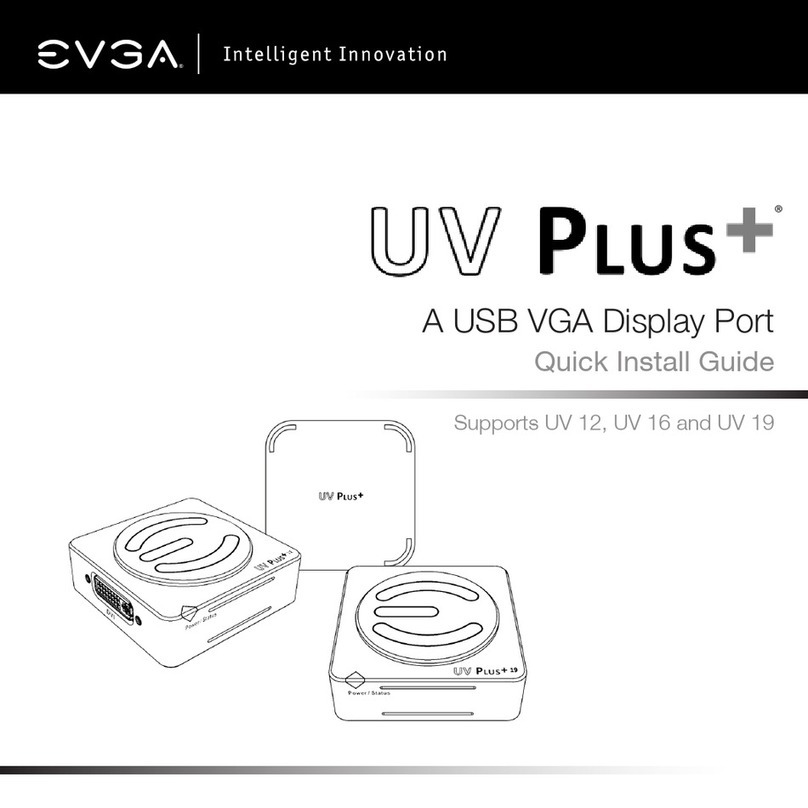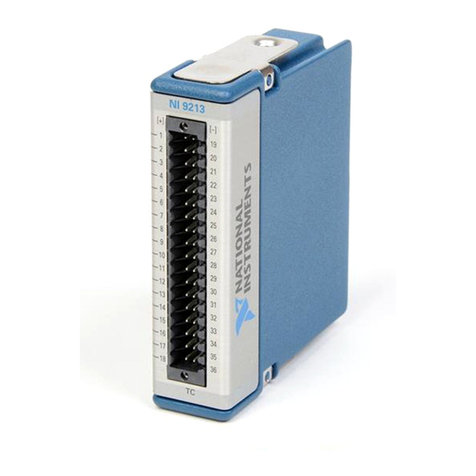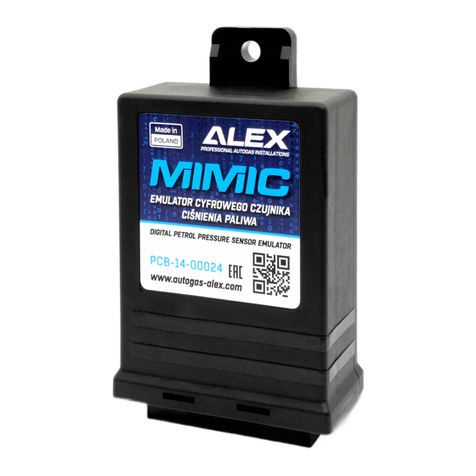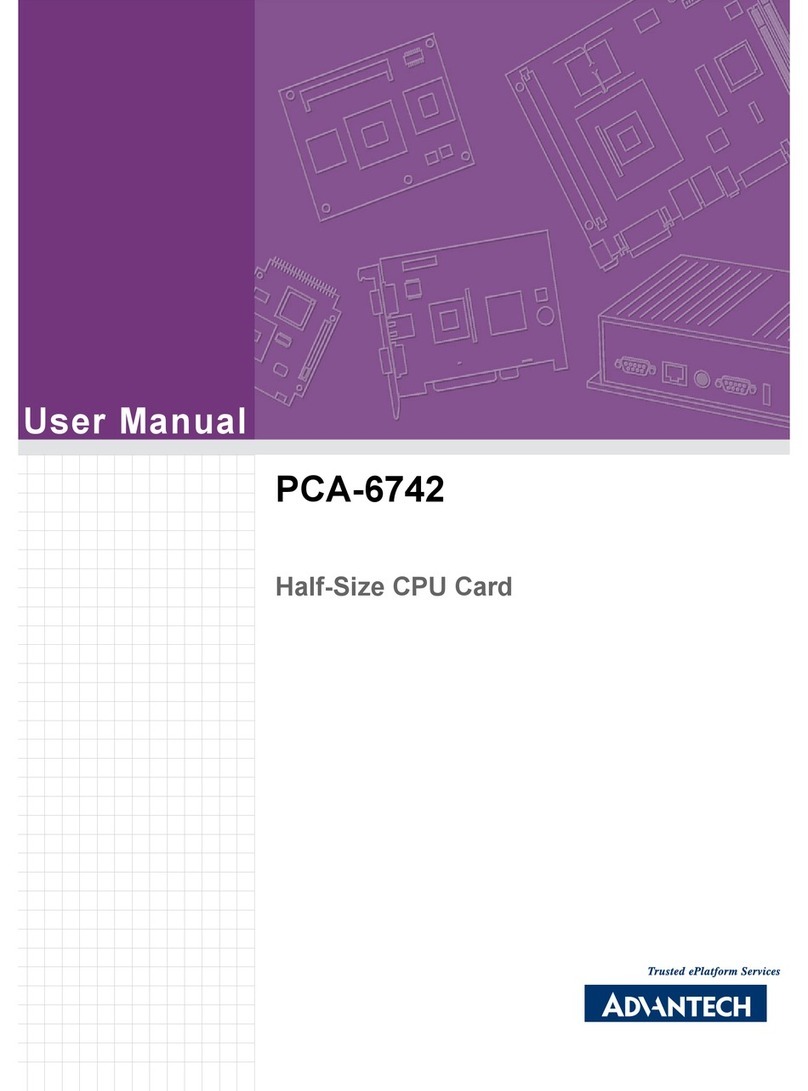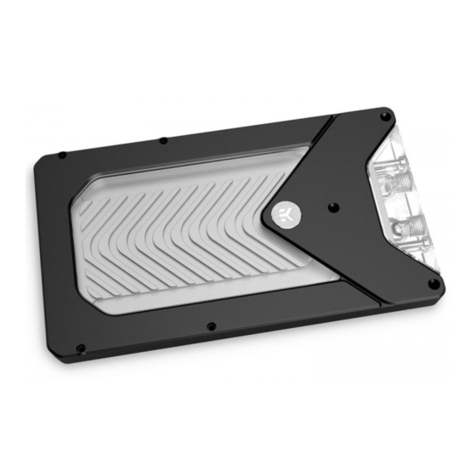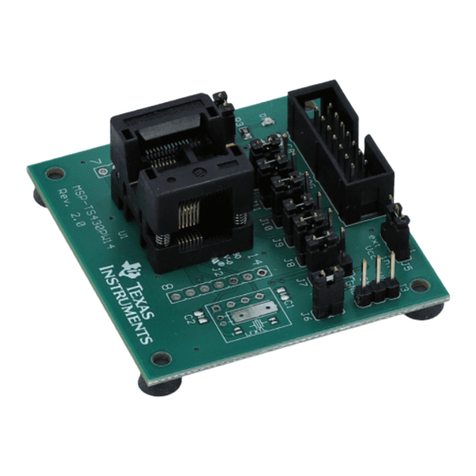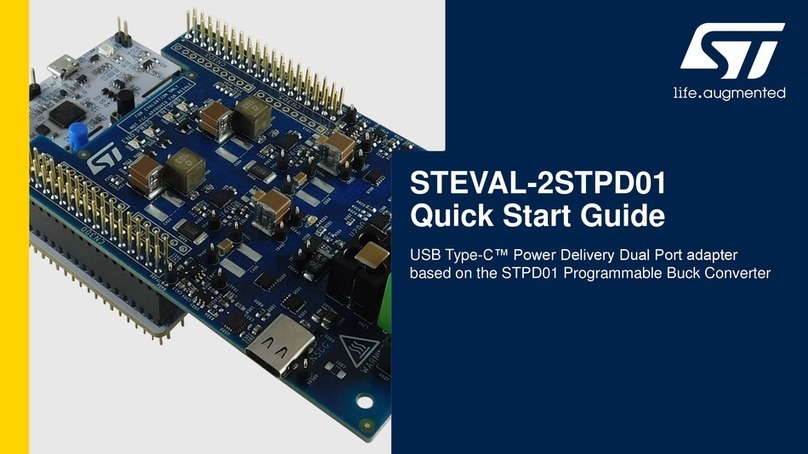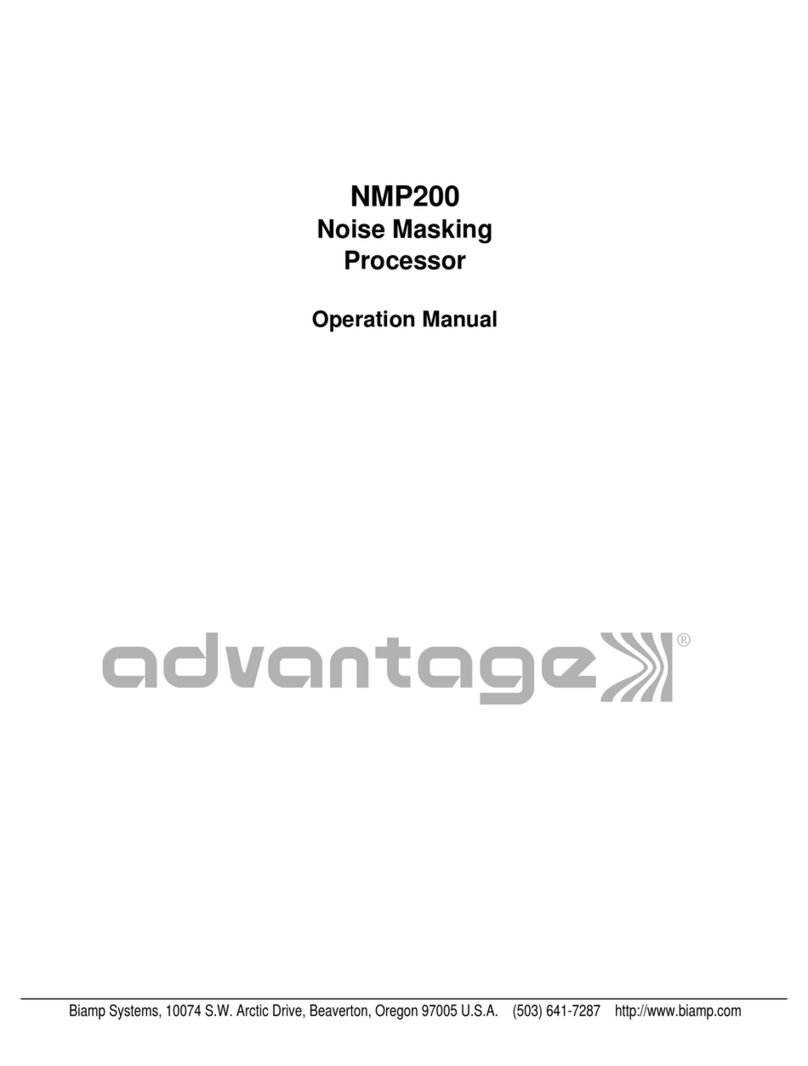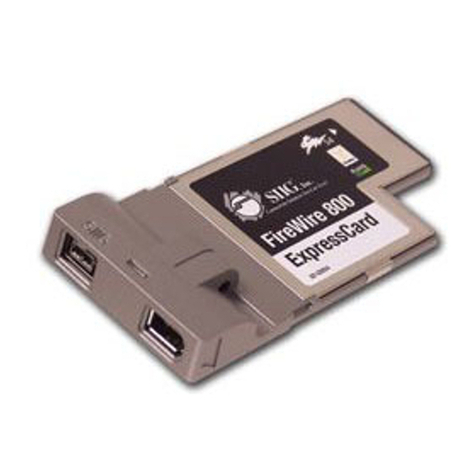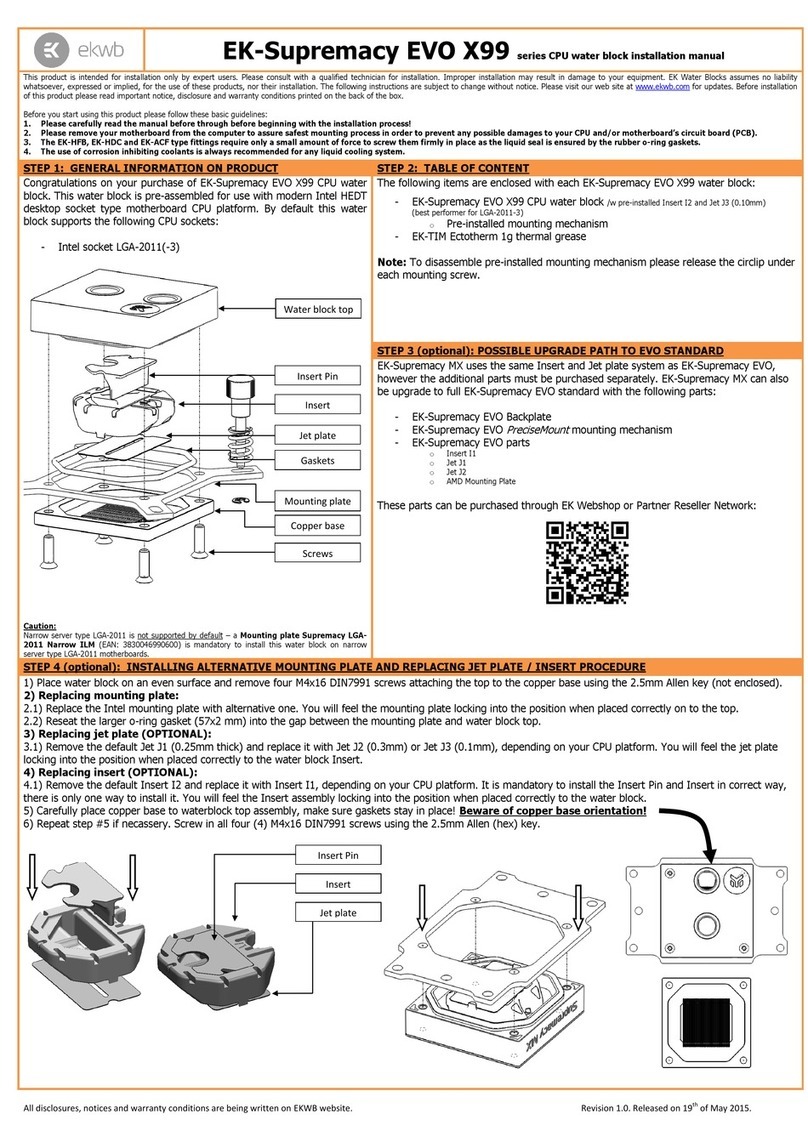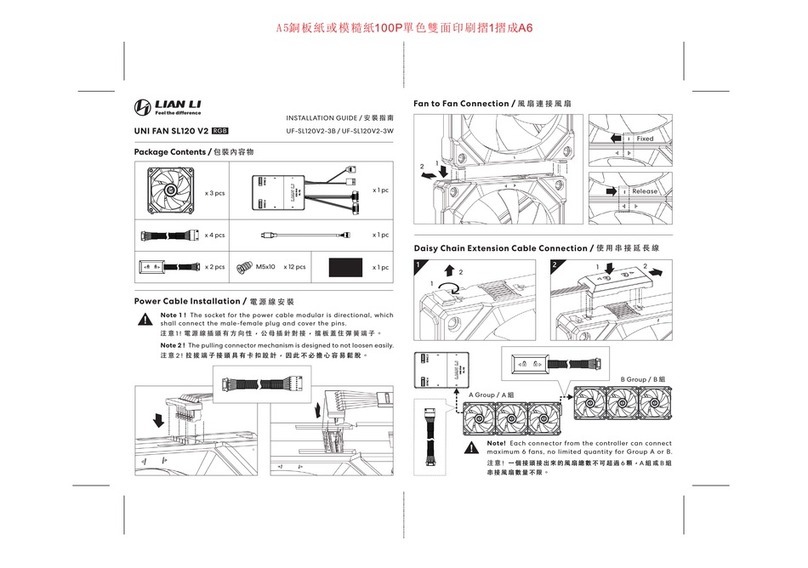Lindy 32117 User manual

© LINDY Group - FIRST EDITION (March 2020)
DVI EDID Emulator with Cloning
User Manual English
Benutzerhandbuch Deutsch
Manuel Utilisateur Français
Manuale Italiano
No. 32117
Lindy.com
Tested to comply with
FCC Standards
For Home and Office Use!


User Manual English
Introduction
Thank you for purchasing the Lindy DVI EDID Emulator with Cloning. This product has been designed to
provide trouble free, reliable operation. It benefits from both a LINDY 2-year warranty and free lifetime
technical support. To ensure correct use, please read this manual carefully and retain it for future
reference.
This product is designed to help overcome EDID related issues which can occur when using AV/KVM
extenders, switches, splitters and more. It can also be used in place of a monitor to keep a PC or Server
awake for remote access via IP.
Package Contents
▪DVI EDID Emulator
▪Lindy Manual
Features
▪Supports EDID cloning & emulation.
▪Pre-set high-definition resolutions are supported up to 1920x1200@60Hz.
▪No external power Is required as the emulator is powered entirely through the DVI interface.
Specification
▪Storage temperature: -40°C - 85°C (-40°F - 185°F)
▪Operating temperature: 0°C - 85°C (32°F - 185°F)
▪Relative humidity: 5-95% (non-condensing)
▪Housing material: PVC
Operation
The EDID Emulator contains pre-set EDID information for many
commonly used resolutions and refresh rates. The following instructions
should be followed in order to clone an alternative resolution not
included in the pre-set EDID information.
1. Connect a DVI cable from the display to the female port of the DVI
emulator.
2. Connect the emulator to the DVI port on the source device.
3. Disconnect the emulator from the DVI port on the source device.
4. Re-connect the emulator to the DVI port on the source device.
5. Disconnect the DVI cable from the emulator.
6. The blue LED on the DVI emulator will begin to flash, this indicates
that the emulator is ready to receive a new EDID.
7. Within 5 seconds of the LED beginning to flash, connect a display
with a desired resolution to the emulator using a DVI cable.
8. The EDID has now been cloned.
Once you have successfully cloned an EDID, this will be stored for
future use. If you would like to clone a new EDID, repeat the steps above. In order to revert to the pre-set
EDID data, repeat steps 1 to 5. When the blue LED begins to flash, allow 6 seconds to elapse without
interfering with the emulator. This will restore the pre-set EDID information to the emulator.

Benutzerhandbuch Deutsch
Einführung
Wir freuen uns, dass Ihre Wahl auf ein LINDY-Produkt gefallen ist und danken Ihnen für Ihr Vertrauen.
Sie können sich jederzeit auf unsere Produkte und einen guten Service verlassen. Dieser Lindy DVI
EDID Emulator mit Klonfunktion unterliegt einer 2-Jahres LINDY Herstellergarantie und lebenslangem
kostenlosen, technischen Support. Bitte lesen Sie diese Anleitung sorgfältig und bewahren Sie sie auf.
Dieses Produkt wurde entwickelt, um Probleme mit der EDID beim Einsatz von AV/KVM Extendern,
Switches oder Splittern zu lösen. Es kann auch statt eines Monitors verwendet werden, um einen PC oder
Server für Remote-Zugriff via IP bereitzuhalten.
Lieferumfang
▪DVI EDID Emulator
▪Lindy Handbuch
Eigenschaften
▪Unterstützt Klonen und Emulation der EDID.
▪Voreingestellte HD-Auflösungen werden bis 1920x1200@60Hz unterstützt.
▪Kein externes Netzteil erforderlich (der Emulator wird über die DVI-Schnittstelle mit Strom versorgt).
Spezifikationen
▪Lagertemperatur: -40°C - 85°C (-40°F - 185°F)
▪Betriebstemperatur: 0°C - 85°C (32°F - 185°F)
▪Relative Feuchtigkeit: 5-95% (nicht kondensierend)
▪Gehäusematerial: PVC
Betrieb
Der EDID Emulator enthält voreingestellte EDID-Informationen für viele
gängige Auflösungen und Bildwiederholraten. Folgen Sie der Anleitung
unten um alternative Auflösungen zu klonen, die nicht in der
voreingestellten EDID-Information enthalten sind.
1. Schließen Sie ein DVI-Kabel am Display und an der Buchse des
DVI-Emulators an.
2. Verbinden Sie den Emulator mit dem DVI Port des Quellgeräts.
3. Entfernen Sie den Emulator vom DVI Port des Quellgeräts.
4. Verbinden Sie den Emulator erneut mit dem DVI Port des
Quellgeräts.
5. Entfernen Sie das DVI-Kabel vom Emulator.
6. Die blaue LED auf dem DVI Emulator wird anfangen zu blinken.
Dies zeigt an, dass der Emulator bereit ist, neue EDID-
Informationen zu erhalten.
7. Nachdem die LED angefangen hat zu blinken, verbinden Sie bitte
innerhalb von 5 Sekunden ein Display mit gewünschter Auflösung
mit dem Emulator. Verwenden Sie dazu ein DVI-Kabel.
8. Die EDID ist nun geklont.
Sobald die EDID-Daten geklont sind, werden sie für zukünftige Anwendungen gespeichert. Wenn Sie neue
EDID-Daten klonen möchten, wiederholen Sie obige Anweisungen. Um zu den voreingestellten EDID-
Daten zurückzukehren, wiederholen Sie die Schritte 1 bis 5. Wenn die blaue LED zu blinken beginnt,
warten Sie 6 Sekunden. So werden die voreingestellten EDID-Informationen wiederhergestellt.

Manuel Utilisateur Français
Introduction
Nous sommes heureux que votre choix se soit porté sur un produit LINDY et vous remercions de votre
confiance. Vous pouvez compter à tout moment sur la qualité de nos produits et de notre service. Cet
Emulateur EDID DVI avec fonction de clonage est soumis à une durée de garantie LINDY de 2ans et
d’une assistance technique gratuite à vie. Merci de lire attentivement ces instructions et de les conserver
pour future référence.
Ce produit est conçu pour aider à surmonter les problèmes liés à l'EDID qui peuvent survenir lors de
l'utilisation d'extensions AV/KVM, de switchs, de splitters et autres appareils. Il peut également être
utilisé à la place d'un moniteur pour garder un PC ou un serveur actif pour un accès à distance via IP.
Contenu
▪Emulateur EDID DVI
▪Manuel LINDY
Caractéristiques
▪Prend en charge le clonage et l’émulation EDID.
▪Présélection de résolutions jusqu’à 1920x1200@60Hz.
▪Pas d’alimentation externe requise, l’émulateur étant entièrement alimenté par l’interface DVI.
Spécification
▪Température de stockage: -40°C - 85°C (-40°F - 185°F)
▪Température de fonctionnement: 0°C - 85°C (32°F - 185°F)
▪Humidité relative: 5-95% (sans condensation)
▪Matériau du boitier: PVC
Utilisation
L'émulateur EDID contient des EDID prédéfinies pour de nombreuses
résolutions et taux de rafraîchissement courant. Les instructions
suivantes sont à suivre pour cloner une résolution alternative non
incluse dans les informations EDID prédéfinies.
1. Connectez un câble DVI de l’écran au port femelle de l’émulateur.
2. Connectez l’émulateur au port DVI de la source.
3. Déconnectez l’émulateur du port DVI de la source.
4. Reconnectez l’émulateur au port DVI de la source.
5. Déconnectez le câble DVI de l’émulateur.
6. La LED bleue de l’émulateur DVI va commencer à clignoter, cela
indique que l’émulateur est prêt à recevoir un nouvel EDID.
7. Dans les 5 secondes qui suivent le début du clignotement de la
LED, connectez un écran avec une résolution souhaitée à
l'émulateur à l'aide d'un câble DVI.
8. L’EDID a été cloné.
Une fois l'EDID cloné avec succès, il sera stocké pour une utilisation
ultérieure. Si vous souhaitez cloner un nouvel EDID, répétez les étapes ci-dessus. Pour revenir aux
données EDID prédéfinies, répétez les étapes 1 à 5. Lorsque la DEL bleue commence à clignoter,
laissez s'écouler 6 secondes sans interférer avec l'émulateur. Ceci restaurera les informations EDID
prédéfinies dans l'émulateur.

Manuale Italiano
Introduzione
Vi ringraziamo per aver acquistato questo Emulatore EDID DVI con funzione Cloning. Questo prodotto è
stato progettato per garantirvi la massima affidabilità e semplicità di utilizzo ed è coperto da 2 anni di
garanzia LINDY oltre che da un servizio di supporto tecnico a vita. Per assicurarvi di farne un uso
corretto vi invitiamo a leggere attentamente questo manuale e a conservarlo per future consultazioni.
Questo prodotto è progettato per risolvere problematiche con i segnali EDID che possono comparire
quando si utilizzando apparati AV/KVM come extender, switch, splitter, etc. Può anche essere utilizzato
per sostituire un monitor e mantenere acceso un PC dotato di accesso remoto via IP.
Contenuto della confezione
▪Emulatore EDID DVI EDID
▪Manuale Lindy
Caratteristiche
▪Supporto clonazione & emulazione EDID.
▪Set di risoluzioni in alta definizione preimpostate fino a 1920x1200@60Hz.
▪Non necessita di alimentazione esterna. L’alimentazione viene fornita tramite l’interfaccia DVI.
Specifiche
▪Temperatura di immagazzinamento: -40°C - 85°C (-40°F - 185°F)
▪Temperatura operativa: 0°C - 85°C (32°F - 185°F)
▪Umidità relativa: 5-95% (senza condensa)
▪Materiale del guscio esterno: PVC
Utilizzo
L’emulatore EDID contiene un set preimpostato di informazioni EDID per
le risoluzioni e frequenze di aggiornamento più comuni. Le seguenti
istruzioni devono essere utilizzate solo nel caso sia necessario clonare
informazioni EDID non incluse nella tabella riportata qui a fianco.
1. Collegate un cavo DVI dallo schermo alla porta femmina
dell’emulatore.
2. Collegate l’emulatore alla porta DVI del dispositivo sorgente.
3. Disconnettete l’emulatore dalla porta DVI del dispositivo sorgente.
4. Ricollegate l’emulatore alla porta DVI del dispositivo sorgente.
5. Disconnettete il cavo DVI dall’emulatore.
6. Il LED blu sull’emulatore DVI comincerà a lampeggiare, questo
indica che l’emulatore è pronto per ricevere un nuovo EDID.
7. Entro 5 secondi dall’inizio del lampeggio, collegate con il cavo DVI lo
schermo di cui desiderate clonare le definizioni EDID.
8. Le informazioni EDID saranno ora copiate.
Una volta clonato con successo una tabella EDID questa rimarrà
memorizzata per usi futuri. Se volete copiare un EDID differente ripetete la procedura precedentemente
descritta. Se volete reimpostare la tabella EDID fornita di fabbrica ripetete i passi da 1 a 5 e quando il LED
blu comincia a lampeggiare non effettuate alcuna operazione per almeno 6 secondi. Dopo ciò la tabella
EDID preimpostata verrà ripristinata.

CE/FCC Statement
CE Certification
This equipment complies with the requirements relating to Electromagnetic Compatibility Standards.
It has been manufactured under the scope of RoHS compliance.
CE Konformitätserklärung
Dieses Produkt entspricht den einschlägigen EMV Richtlinien der EU für IT-Equipment und darf nur
zusammen mit abgeschirmten Kabeln verwendet werden.
Diese Geräte wurden unter Berücksichtigung der RoHS Vorgaben hergestellt.
Die formelle Konformitätserklärung können wir Ihnen auf Anforderung zur Verfügung stellen
FCC Certification
This equipment has been tested and found to comply with the limits for a Class B digital device, pursuant
to part 15 of the FCC Rules. These limits are designed to provide reasonable protection against harmful
interference in a residential installation.
You are cautioned that changes or modification not expressly approved by the party responsible for
compliance could void your authority to operate the equipment.
This device complies with part 15 of the FCC Rules.
Operation is subject to the following two conditions:
1. This device may not cause harmful interference, and
2. This device must accept any interference received, including interference that may cause undesired
operation.
LINDY Herstellergarantie –Hinweis für Kunden in Deutschland
LINDY gewährt für dieses Produkt über die gesetzliche Regelung in Deutschland hinaus eine zweijährige Hersteller-
garantie ab Kaufdatum. Die detaillierten Bedingungen dieser Garantie finden Sie auf der LINDY Website aufgelistet
bei den AGBs.
Hersteller / Manufacturer (EU):. Manufacturer (UK):
LINDY-Elektronik GmbH LINDY Electronics Ltd
Markircher Str. 20 Sadler Forster Way
68229 Mannheim Stockton-on-Tees, TS17 9JY
Germany England

Recycling Information
WEEE (Waste of Electrical and Electronic Equipment),
Recycling of Electronic Products
Europe, United Kingdom
In 2006 the European Union introduced regulations (WEEE) for the collection and recycling of all waste electrical
and electronic equipment. It is no longer allowable to simply throw away electrical and electronic equipment. Instead,
these products must enter the recycling process.
Each individual EU member state has implemented the WEEE regulations into national law in slightly different ways.
Please follow your national law when you want to dispose of any electrical or electronic products. More details can
be obtained from your national WEEE recycling agency.
Germany / Deutschland Rücknahme Elektroschrott und Batterie-Entsorgung
Die Europäische Union hat mit der WEEE Direktive Regelungenfür die Verschrottung und das Recycling von Elektro-
und Elektronikprodukten geschaffen. Diese wurden im Elektro- und Elektronikgerätegesetz –ElektroG in deutsches
Recht umgesetzt. Das Entsorgen von Elektro- und Elektronikgeräten über die Hausmülltonne ist verboten! Diese
Geräte müssen den Sammel- und Rückgabesystemen zugeführt werden! Dort werden sie kostenlos entgegen
genommen. Die Kosten für den weiteren Recyclingprozess übernehmen die Gerätehersteller.
LINDY bietet deutschen Endverbrauchern ein kostenloses Rücknahmesystem an, beachten Sie bitte, dass Batterien
und Akkus den Produkten vor der Rückgabe an das Rücknahmesystem entnommen werden müssen und über die
Sammel- und Rückgabesysteme für Batterien separat entsorgt werden müssen. Ausführliche Informationen zu
diesen Themen finden Sie stets aktuell auf der LINDY Webseite im Fußbereich.
France
En 2006, l'union Européenne a introduit la nouvelle réglementation (DEEE) pour le recyclage de tout équipement
électrique et électronique.
Chaque Etat membre de l’ Union Européenne a mis en application la nouvelle réglementation DEEE de manières
légèrement différentes. Veuillez suivre le décret d’application correspondant à l’élimination des déchets électriques
ou électroniques de votre pays.
Italy
Nel 2006 l’unione europea ha introdotto regolamentazioni (WEEE) per la raccolta e il riciclo di apparecchi elettrici ed
elettronici. Non è più consentito semplicemente gettare queste apparecchiature, devono essere riciclate. Ogni stato
membro dell’ EU ha tramutato le direttive WEEE in leggi statali in varie misure. Fare riferimento alle leggi del proprio
Stato quando si dispone di un apparecchio elettrico o elettronico.
Per ulteriori dettagli fare riferimento alla direttiva WEEE sul riciclaggio del proprio Stato.
No. 32117
1st Edition, March 2020
lindy.com
Tested to comply with
FCC Standards
For Home and Office Use!
Table of contents
Other Lindy Computer Hardware manuals
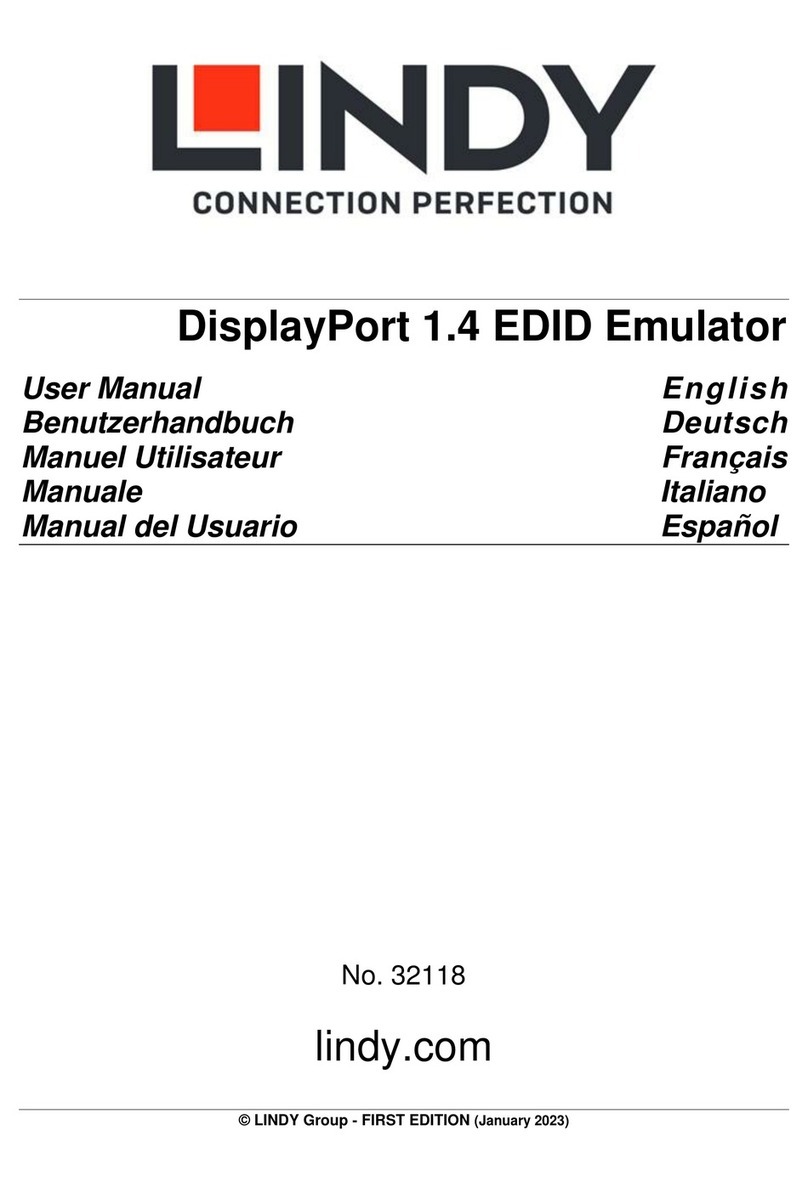
Lindy
Lindy 32118 User manual
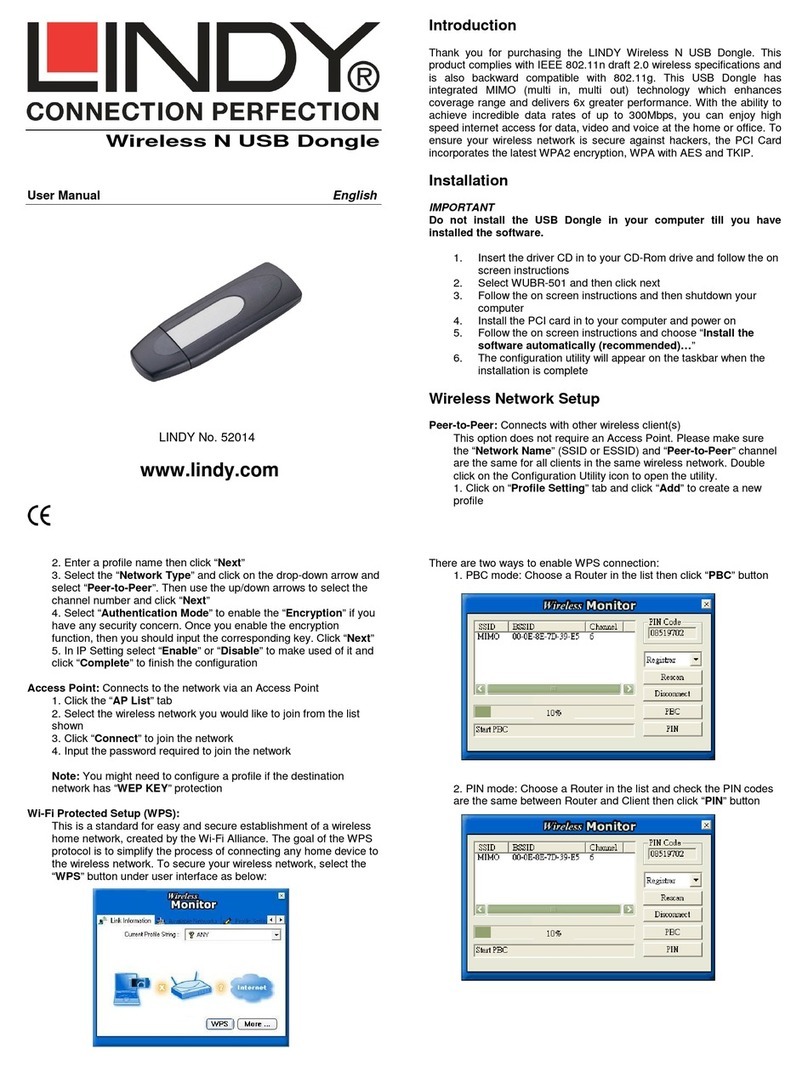
Lindy
Lindy WUBR-501 User manual

Lindy
Lindy 32116 User manual

Lindy
Lindy 32120 User manual
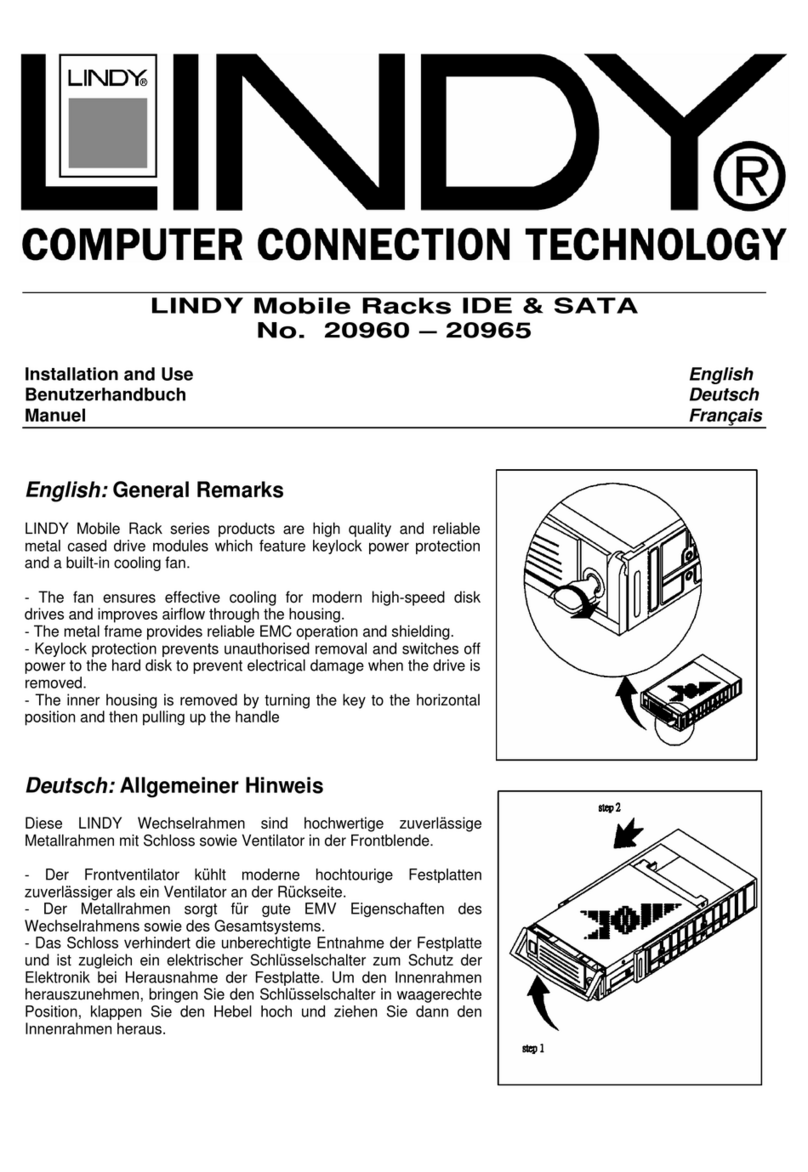
Lindy
Lindy 20960 Quick start guide

Lindy
Lindy 32697 User manual

Lindy
Lindy 32106 User manual
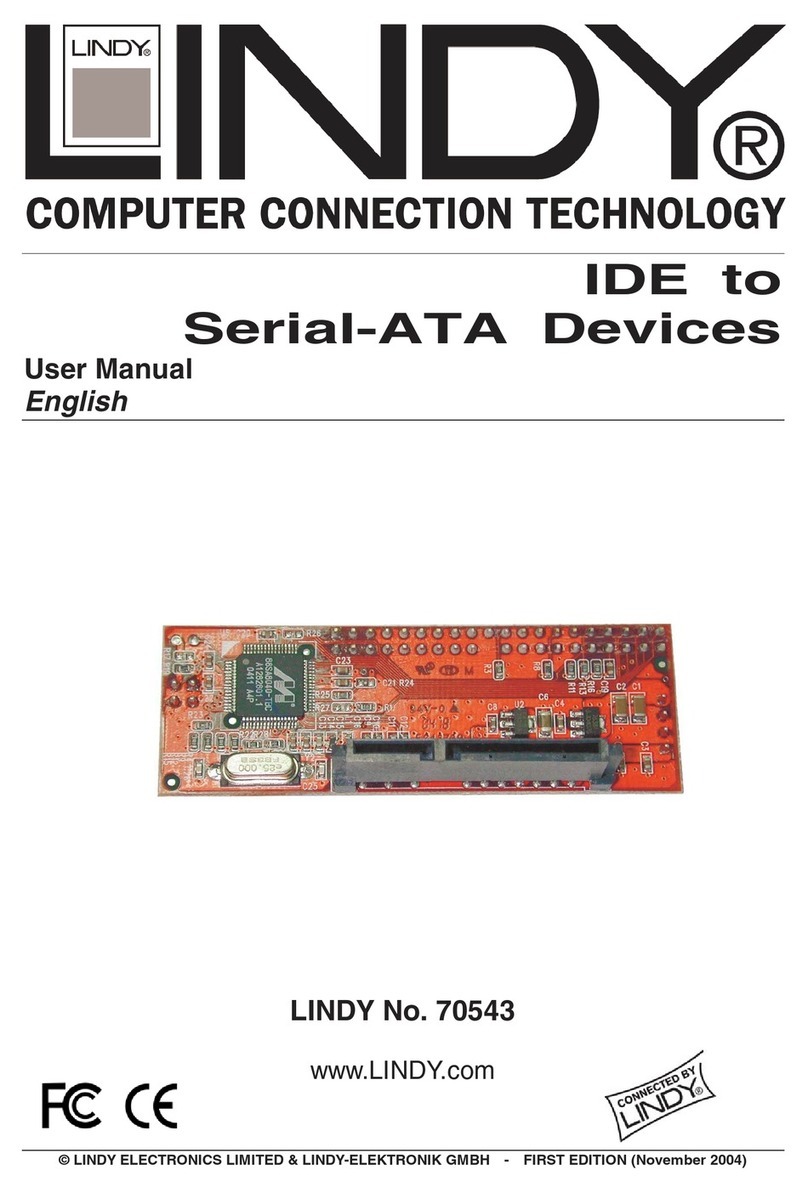
Lindy
Lindy 70543 User manual
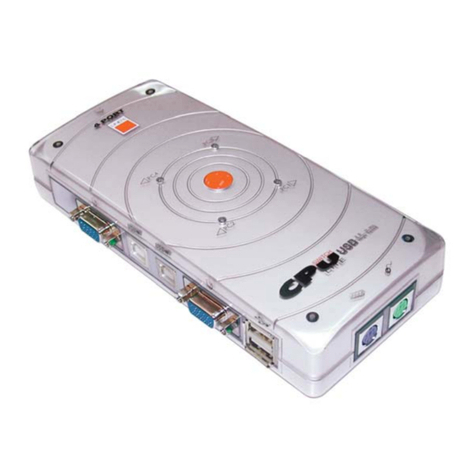
Lindy
Lindy CPU SWITCH LITE 32825 User manual

Lindy
Lindy 20288 User manual

